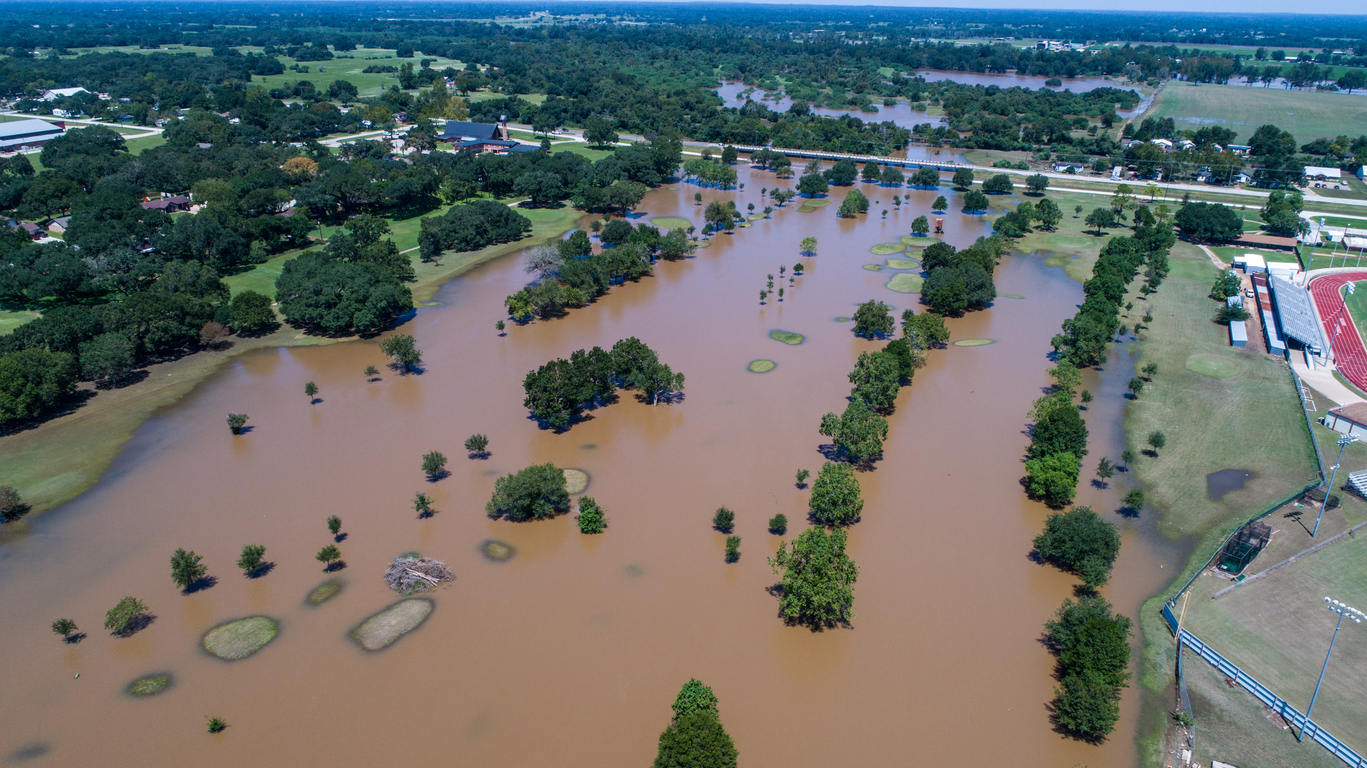It also found that flood risk is far more widespread than public awareness, reflected by poor rates of flood insurance purchases - which is not unique to Houston.
"This report comes at a critical time when Houston and Harris County are shifting their focus to long-term recovery and resilience efforts," said Kathleen Savio, chief executive officer of Zurich North America.
Among the findings, which the company said can apply globally:
- Leaders and risk managers should stop relying solely on past storm events to gauge future risk, and instead incorporate forward-looking scenarios that account for, for instance, increasingly intense storms and sea level rise.
- Improve transparency and communication. For example, the report found that the potential for releases from Houston's reservoirs was poorly communicated. People could have saved more property had they known the risks.
- Make flood insurance more appealing to homeowners and businesses by pairing it with coverage for other hazards such as fires or floods caused by plumbing problems.
The report also identified a major success story: The Texas Medical Center, buffered against floods after Tropical Storm Allison in 2001, performed well because it took many approaches to reducing risk. It moved property out of harm's way, improved communication with employees, ensured its workers were prepared for the worst.
"This demonstrates the power of investing in building back better," said Karen MacClune, chief operations officer at ISET-International, a nonprofit that studies resilience in the face of environmental challenges.













